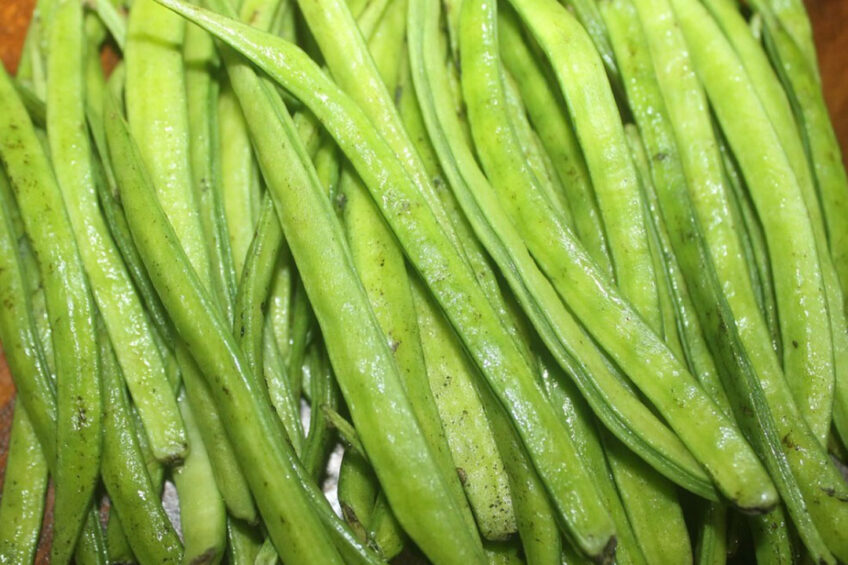Effects of feeding guar meal to broilers

New research has shown that 4% of guar meal could be recommended in broiler feeding to ensure good rearing performance and carcass composition.
Guar meal contains 40-50% protein and is considered a potential unconventional feed resource across the livestock sector, including the fishery industry. However, previous research has suggested that feeding a high concentration of guar meal reduces body weight in birds and feed efficiency due to the presence of a residual guar gum.
The research, led by Dr Anna Milczarek from the Institute of Animal Science and Fisheries, Siedice University, Poland, aimed to evaluate how different percentages of guar meal in feed rations in broiler chickens affected their rearing and carcass composition post slaughter.
The experiment was conducted in 160 Ross 308 broilers randomly allocated to 4 equinumerous groups (K, G4, G8 and G12). Birds were reared to 42 days with the application of 3 feeding periods: Starter (days 1-21), grower (days 22-35) and finisher (days 36-42). All feed rations were prepared using maize meal, soybean meal, oil and mineral and vitamin additives.
The experimental factor was the share of guar meal in feed rations. Group K received no guar meal, while G4 received a 4% ration. G8 was given an 8% ration and G12 a 12% ration.
Weight gain, feed intake and muscularity
It was demonstrated that a higher percentage (8% or 12%) of guar meal in the feed rations did indeed have a negative effect on the chickens’ weight gain and feed intake. The birds receiving feed rations supplemented with soybean meal was the only protein-rich component (p<0.05). Birds fed rations with the highest percentage (12%) of guar meal showed a significant reduction in chilled carcass weight and dressing percentage compared with other birds.
A higher percentage (8% or 12%) of guar meal in feed rations also had an adverse effect on the birds’ muscularity. In addition, it was shown that their meat was dark, firm and dry but from a dietary point of view it contained the smallest amount of intramuscular fat.
In conclusion, the researchers found that 4% of guar meal could be used in broiler feed to ensure a satisfactory rearing performance and carcass composition, including the physico-chemical properties of their muscles.
*The study ‘Rearing performance and carcass composition of broiler chickens fed rations containing guar meal at graded levels’ belongs to the special issue Effects of Dietary Interventions on Poultry Production.












